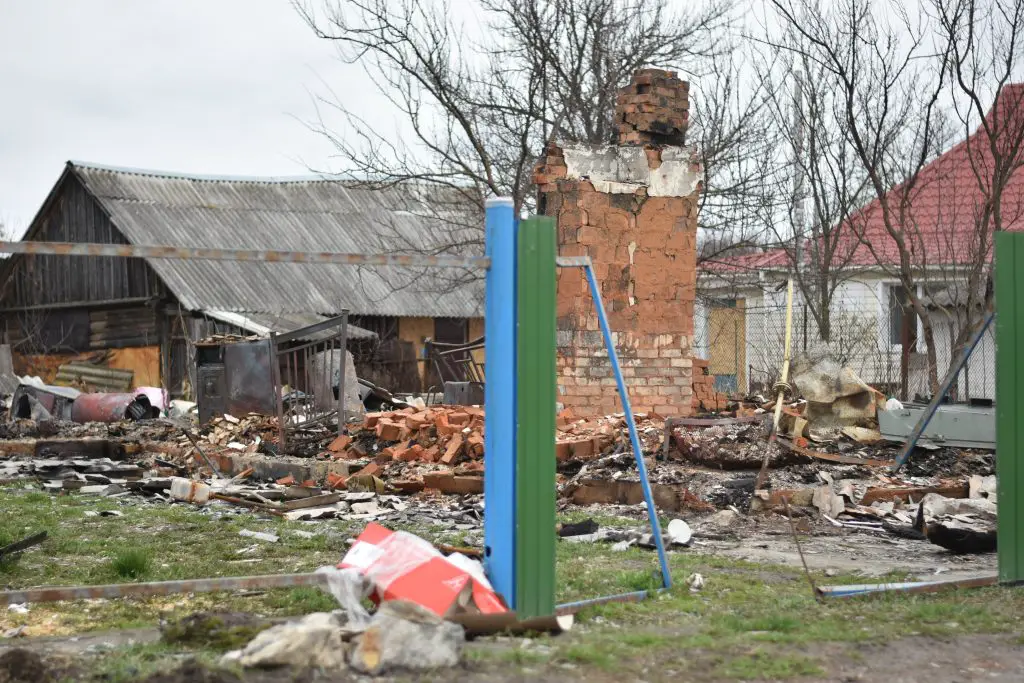If the weather forecast predicts a storm, it is always best to make preparations beforehand to minimize damage and losses. However, extreme weather conditions will still create debris, from roofing materials to downed tree lines, that will need to be cleaned up later. Here is what you need to know to handle disasters after they’ve happened:

1. Wait for Weather Conditions to Improve
You wouldn’t want to be stuck outside in case another storm is on its way. Keep listening to the radio and local news for updates and information. Stay clear of creeks, power lines, and damaged buildings. After the storm subsides and you have a go-ahead from local authorities, you can visit the site, check if your property was damaged, or check if your neighbors need help.
2. Bring the Right Gear
You must not risk injuries, as they can get infected in damp conditions. Protect yourself by wearing the right protective gear, such as goggles, an N95 mask, heavy work gloves, and waterproof shoes with an insole and steel toe to protect cuts and sores against broken glass, bacteria, and mold. If you are working with sewage, bring rubber boots and gloves. In case your home has no electricity, pack flashlights with you. CDC recommends using battery-powered lanterns instead of candles to minimize the risks of starting house fires.
3. Take Precaution and Pace Yourself
Prioritize tasks you deem more urgent and take regular breaks. Work with two or more people to help you lift heavy and bulky objects. Make sure you use sanitizing products to disinfect household items before using them again. Take precautions while working with equipment such as chainsaws by wearing appropriate gear and avoiding bystanders. Don’t use electrical appliances such as extension cords in wet areas to avoid shocks.
4. Begin Cleaning and Separating Your Waste
Survey your property for any damage, such as downed trees. Check the branches that haven’t fallen off for sturdiness, or they can unexpectedly harm you. You can use chainsaws to trim loose branches if you intend to stick around for long and fix the site. It’s best to contact contractors and experienced personnel if the situation seems too unsafe.
If you deem the area safe, you can use shovels and heavy-duty bags to pick up the debris. Make sure you separate your waste. Put your household waste, such as cardboard, into regular garbage and recycling bins. You can bring trees and wood to the curb, where public workers will remove them. Contact waste removal companies for hazardous waste such as batteries, contaminated fuel, or paint thinners.
5. Handle Household Hazardous Waste With Care
Some items around your home, like automobile batteries, pesticides, compressed gas cylinders, and certain solvents can be hazardous. These are toxic, explosive, and flammable, so they have to be handled with care. If the area of your house storing such items gets damaged or flooded, it’s best to contact hazardous waste removal services. Keep children and pets away from the area, and consider reaching out to an MBE/DBE contractor to do the work for you.
Endnote
Natural disasters are inevitable, so it’s always better to be prepared beforehand by following the necessary guidelines. However, clean-up will always follow. If you’re not experienced in this regard, hire help to make your surroundings safe and functional again. Thoroughly vet them to ensure you’re working with the right people who can do the clean-up process efficiently and effectively.


